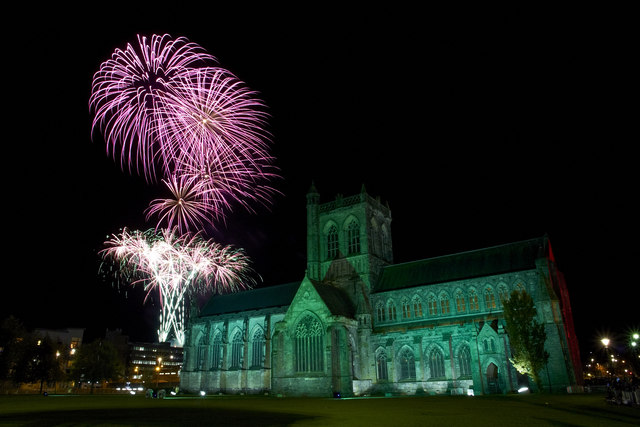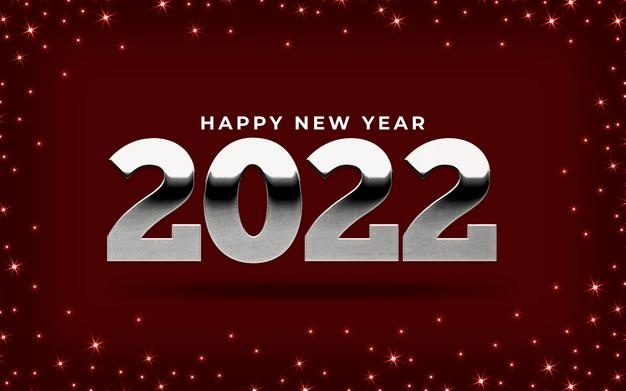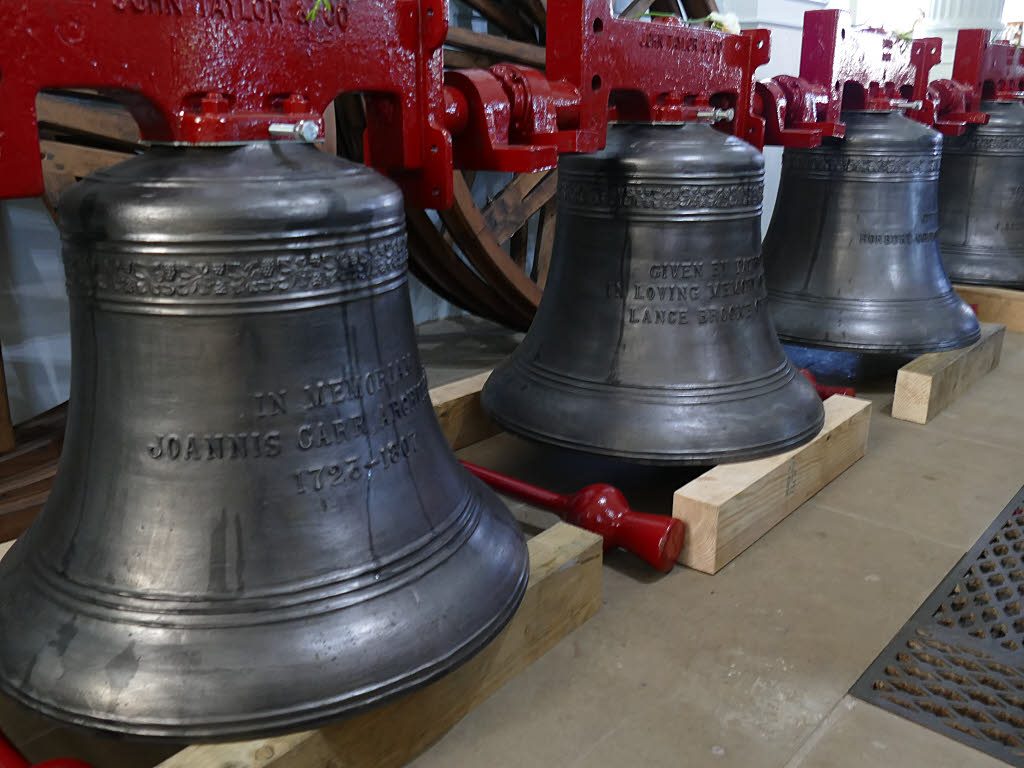For New Year’s Eve 2023. Text: Colossians 1:9-20

Paisley Abbey. © david cameron photographer licensed for reuse under Creative Commons Licence
Today, starting in about an hour’s time, TV screens across the world will begin to show fireworks being set off, first in the easternmost territories of the Pacific ocean, then westwards all around the world as the spinning globe turns once more on its axis, taking us into what most of the world counts as the two thousand and twenty-fourth year of the current era. It’s a festival that brings together people of many religions and ethnicities, a celebration that knows no boundaries other than those of time zones, a rare moment when the whole world can party together in recognition of our common humanity.
Last week I explored what it meant for Christ to come as a light into the darkness, and for us to welcome Christ into our individual lives, bringing light into whatever dark situations we and our families may find ourselves in. This week I want to widen our horizons and think about what it means to welcome Christ into our church community, here and around the world. So I’m going to ask you to spend a few minutes sharing your ideas and experiences with the person next to you.
Later, I will invite you to share in the covenant prayer, an annual act of commitment that started with the Methodist church but now used by many different churches. It’s a prayer said, not at home as individuals, but together as a community. Many people each making the same promises, and being accountable to each other for living up to the promises that we make. Paul wrote his letter not to one person, but as it says in verse 2, to “the saints and faithful brothers and sisters in Colossae”. So my first question for you to spend two minutes sharing with your neighbour is:
Does your experience of being a Christian feel more like a personal journey, or of being part of the journey of faith of the whole Church?
The nature of Christian churches does, of course, vary widely, and those different types of congregation will be held together by different common purposes. Consider these different groups and what it is that binds them together:
- A traditional Orthodox, Catholic or Anglican church centred around the weekly or daily liturgy of the Mass or Communion service.
- A village church centred around the activities of the village: farming, school terms, summer tourists, annual fairs and shows.
- An inner-city church responding to its deprived neighbourhood through foodbanks, counselling, teaching and other ministries, that involve most of its members in some way.
- A small house church that centres around regular gatherings for prayer, worship and Bible study.
- An intentional community of Christian families living together, each with its own daily work to bring money into the community, but sharing most of their resources and often eating together.
- A ‘gathered’ urban church where people come from all over the city to share a particular style of worship and preaching.
So my second question to discuss in pairs, as we prepare to renew or covenant with God, is this –
- Which of these have you experienced in your Christian journey? And which is most like St Peter’s as it is, or as you would like it to be?
None of these types of congregations with a common purpose come about overnight, as Christian culture like any other is built up over the years as people come together and find common purpose. Working or worshipping together slowly builds connections. It also builds confidence in each other as members of the church come to see each other first as strangers, then as people with something in common, then as friends and finally as part of the one body.
In verse 18 of the reading from Colossians, Paul says something important: “Christ is the head of the body, the church; he is the beginning and the firstborn from among the dead, so that in everything he might have the supremacy”. Great though it is to have a committed Rector like Julia, and for all the benefits of our Church of England’s system of bishops and parishes, we must never forget that the Head of the Church, ultimately, is not an Archbishop or Pope, but Christ himself. If a Church splits over some issue of doctrine or practice, what matters is not so much which side has a better argument, but whether they can continue to accept each other as brothers and sisters in Christ, engaged in different forms of ministry. As Paul puts it in verse 20, “God was pleased … through Christ to reconcile to himself all things, whether things on earth or things in heaven”. That ministry of reconciliation is also ours: to be reconciled to other Christians whose idea of what a successful church looks like is different from our own, in order that together we can act as Christ’s family in the world, doing his will to the glory of God. And also to be reconciled to the people around us who for whatever reason may feel that the church is ‘not for them’. So the last question for you to share, before we sing our next hymn, is this:
- What might a ‘ministry of reconciliation’ look like in our community?


